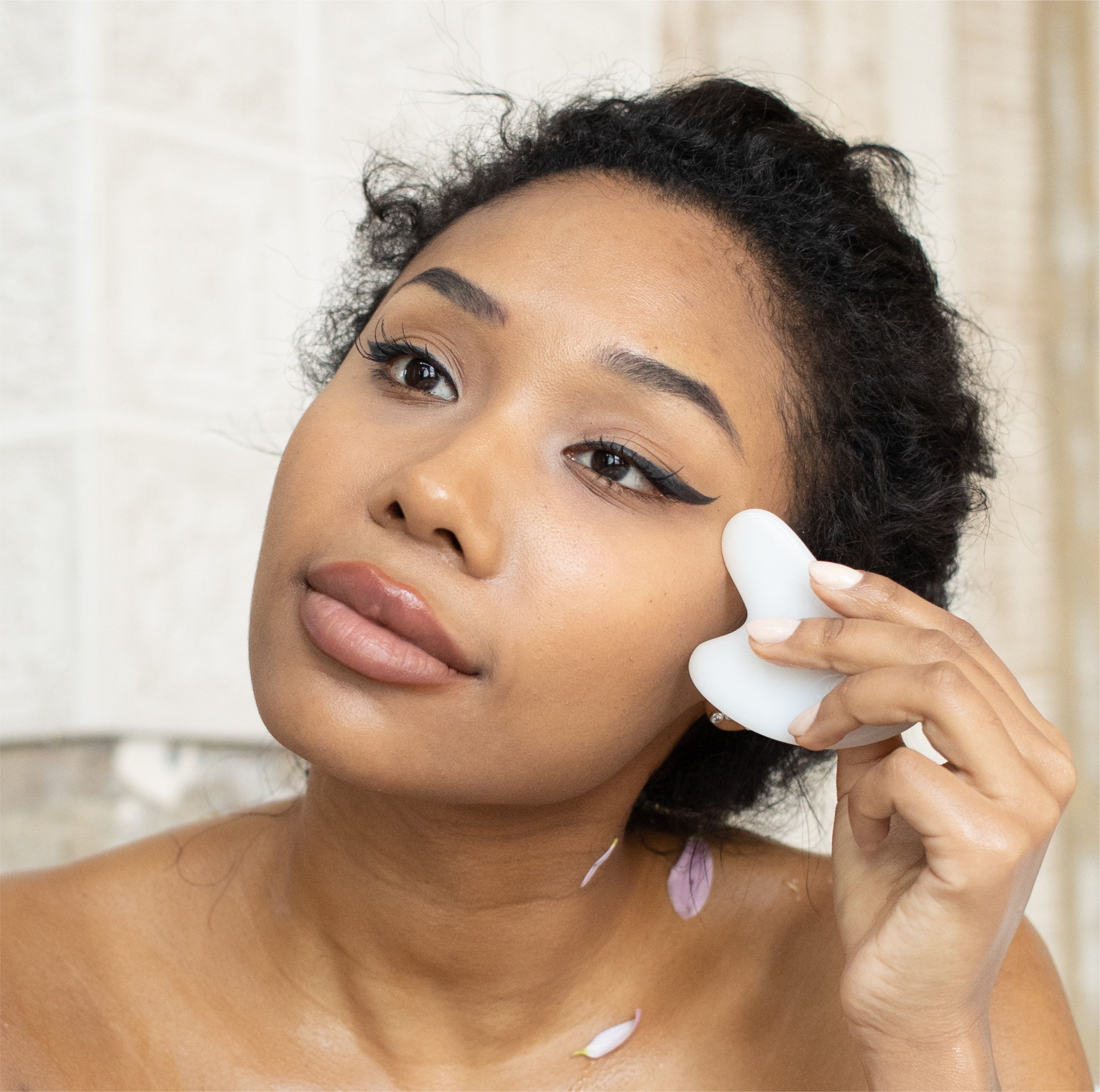
The Science Behind Gua Sha Facial Massage Tools
Currently all the rage in the beauty world, facial massage tools are rising in popularity in the skincare community.
Facial massage tools are commonly used to relax, firm, and even tone the skin, helping to reduce the appearance of fine lines and wrinkles. They can vary from jade rolling to a gua sha, and there are even devices that use microcurrent technology.
We also have a facial massage tool, the Antigravity Gua Sha.
With beauty being more skin-focused than ever, more and more skincare lovers are practicing facial gua sha at home.
The science behind gua sha facial massage
As a great non-invasive and cost effective alternative to botox and other medical treatments, users are able to achieve toned, firmer-looking skin by using a gua sha. In the current midst of things, we all want to actively perform better self-care, make a ritual out of our beauty routines, and of course, achieve that slimmer jawline.
With the practice using a gua sha rising in Western beauty, we decided to do some scientific digging and learn more about the ancient practice of using a gua sha and its purported health benefits.
What is gua sha?
Used for centuries in Traditional Chinese Medicine as a healing and pain-relieving method, gua sha is defined as a technique that involves using a smooth-edged instrument (traditionally a spoon) to “scrape” a patient’s lubricated skin, and can be performed on the face, back, neck, buttocks, and legs.
Literally speaking, ‘gua’ refers to the scratching of the skin, while ‘sha’ refers to the petechiae and texture appearing after scratching (Odhav et al., 2013).The scraping of the skin usually happens until petechiae would appear, which are red or brown spots that look similar to a rash, but are actually a result from burst capillaries.
With facial massage however, only gentle to moderate pressure is applied on skin with a gua sha that is lubricated with a serum or a facial oil—we don’t want any burst capillaries here!
What are the benefits of using a gua sha?
Improved Microcirculation and Muscle Tension Relief
Studies have shown that using a gua sha drastically improves microcirculation by 400% in the skin (Nielsen, 2007). This increased blood circulation of the smallest blood vessels in turn can help temporarily relieve muscle tension from an increase in blood oxygen levels (Nielsen, 2007).
In comparison to massage or acupuncture, gua sha appears to sustain an increase in microcirculation greater and longer than massage or acupuncture. This increased level of sustained microcirculation allows for better relaxation and longer relief from muscle tension.
Increased Collagen Production
Not only does increased microcirculation in the skin relieve muscle tension, the stimulation of the dermis can also aid in collagen production. Collagen is a protein that is one of the major building blocks of bones, skin, muscles, tendons, and ligaments, and is often responsible for the elasticity and hydration of the skin.
According to Dr. Jaliman, a dermatologist from New York, “Anything that stimulates blood flow and oxygen to the skin can help with collagen production.”
The increase in collagen production from using a gua sha can result in firmer, healthier-looking skin.
Lymphatic Drainage and Reduced Inflammation
In addition, using a gua sha helps with lymphatic drainage, which in turn may decrease inflammation and bloating. Lymphatic drainage involves the movement of interstitial fluid, which is fluid trapped under the skin that needs to be released to the lymphatic system. When the stagnant interstitial fluid is released, this helps decrease inflammation and puffiness, leaving the skin looking more toned and chiseled.
The benefits of increased microcirculation, muscle-tension relief, increased collagen production, and decreased inflammation, are what makes facial gua sha massage so appealing to those of us who are after healthier-looking skin.
Consistency is Key
While gua sha is an effective tool, it is important to keep in mind that the results are only effective in the short term. As with most practices, consistency is key in order to maintain optimal results.
Experts recommend that beginners use a facial gua sha 2-3 times a week to start with. If there are no skin irritations, incorporating a gua sha into a daily routine would be optimal for skin health and appearance.
It is also recommended to do gua sha only when there are no active acne breakouts, eczema, or psoriasis flares on the treatment area. Wait a few days until the skin calms and heals, and then continue with your gua sha routine.
Does your gua sha have to be Jade?
The short answer is no.
There are multiple materials and stones that a gua sha comes in, and some modern companies even make them with surgical grade stainless steel, so they do not have to be jade. However, a heavier stone may be more effective than a synthetic replica as they allow the user to firmly grip the tool and penetrate deeper into the skin.
Jade was traditionally used in gua sha tools due to its importance in Chinese culture for its ‘chi-balancing’ (energy-balancing) properties and for its durability and resistance to chipping. In Chinese culture, Jade represents health, prosperity, longevity, and wealth. There is a popular saying that: “You can put a price on gold, but Jade will always be priceless”. In addition to its cultural importance, Jade also has naturally cooling properties, which may further assist with de-puffing and relaxation in facial massage.
Another popular material used to make gua sha tools is rose quartz. Rose quartz has gained popularity over the years due to its beautiful light pink hue, healing energy, and also for its durability. For those who believe in the healing power of crystals, Rose Quartz also promotes a calming energy along with self-love, acceptance, and reflection.
We have chosen to use black obsidian stone for our Antigravity Gua Sha. Black obsidian is a type of volcanic glass, which forms from rapidly cooled lava. Our Antigravity Gua Sha is an effective facial tool due to its larger size and unique addition of a comb edge compared to a standard Gua Sha.
When choosing your gua sha, it is ultimately up to the user to choose the stone of their choice. The choice of stone will not change the effectiveness of the tool, if the practice of gua sha is done correctly.
While the choice of stone is not as important, gua sha tools do come in a variety of shapes. Picking the right shape of gua sha will entirely depend on the user and their hand mobility, face shape, and usage preferences.
How to use a Gua Sha
1. Apply a serum or facial oil
Applying over clean skin, the serum or facial oil will provide slippage for the gua sha to easily glide over the skin. Our Botanical Recovery Serum is a fan-favourite when it comes to using a gua sha. We recommend using 8-10 drops.
2. Use the tool at an angle, in outward, sweeping motions
Keep the gua sha at a 15 degree angle to the skin, almost flat but not quite. Starting from the center of your face, use unilateral strokes towards to glide the gua sha towards the outside of your face. The pressure should be gentle but firm.
3. Pulse at the end of your stroke
End your stroke by gently massaging in pulses in the outside areas of the face
For a more in-depth tutorial, we suggest following Renee’s tutorial on YouTube: https://www.youtube.com/watch?v=xrcS5m665OM
References
Chen T, Liu N, Liu J, Zhang X, Huang Z, Zang Y, Chen J, Dong L, Zhang J, Ding Z. Gua Sha, a press-stroke treatment of the skin, boosts the immune response to intradermal vaccination. PeerJ. 2016 Sep 14;4:e2451. doi: 10.7717/peerj.2451. PMID: 27672506; PMCID: PMC5028785.
C.T. Lam, S.H. Tse, S.T. Chan, J.K. Tam, J.W.M. Yuen, A survey on the prevalence and utilization characteristics of gua sha in the Hong Kong community,Complementary Therapies in Medicine, Volume 23, Issue 1, 2015, Pages 46-54, ISSN 0965-2299,https://doi.org/10.1016/j.ctim.2014.12.002.
Ganceviciene R, Liakou AI, Theodoridis A, Makrantonaki E, Zouboulis CC. Skin anti-aging strategies. Dermatoendocrinol. 2012 Jul 1;4(3):308-19. doi: 10.4161/derm.22804. PMID: 23467476; PMCID: PMC3583892.
Odhav et al. (2013) Odhav A, Patel D, Stanford CW, Hall JC. Report of a case of Gua Sha and an awareness of folk remedies. International Journal of Dermatology. 2013;52:892–893. doi: 10.1111/j.1365-4632.2011.05063.x.
Nielsen (2009) Nielsen A. Gua sha research and the language of integrative medicine. Journal of Bodywork and Movement Therapies. 2009;13:63–72. doi: 10.1016/j.jbmt.2008.04.045.
Nielsen A, Knoblauch NT, Dobos GJ, Michalsen A, Kaptchuk TJ. The effect of Gua Sha treatment on the microcirculation of surface tissue: a pilot study in healthy subjects. Explore (NY). 2007 Sep-Oct;3(5):456-66. doi: 10.1016/j.explore.2007.06.001. PMID: 17905355.
Qing-yan XU, Jin-sheng YANG, Li YANG, Ying-ying WANG, Effects of Different Scraping Techniques on Body Surface Blood Perfusion Volume and Local Skin Temperature of Healthy Subjects, Journal of Traditional Chinese Medicine, Volume 31, Issue 4, 2011, Pages 316-320, ISSN 0254-6272, https://doi.org/10.1016/S0254-6272(12)60011-9.


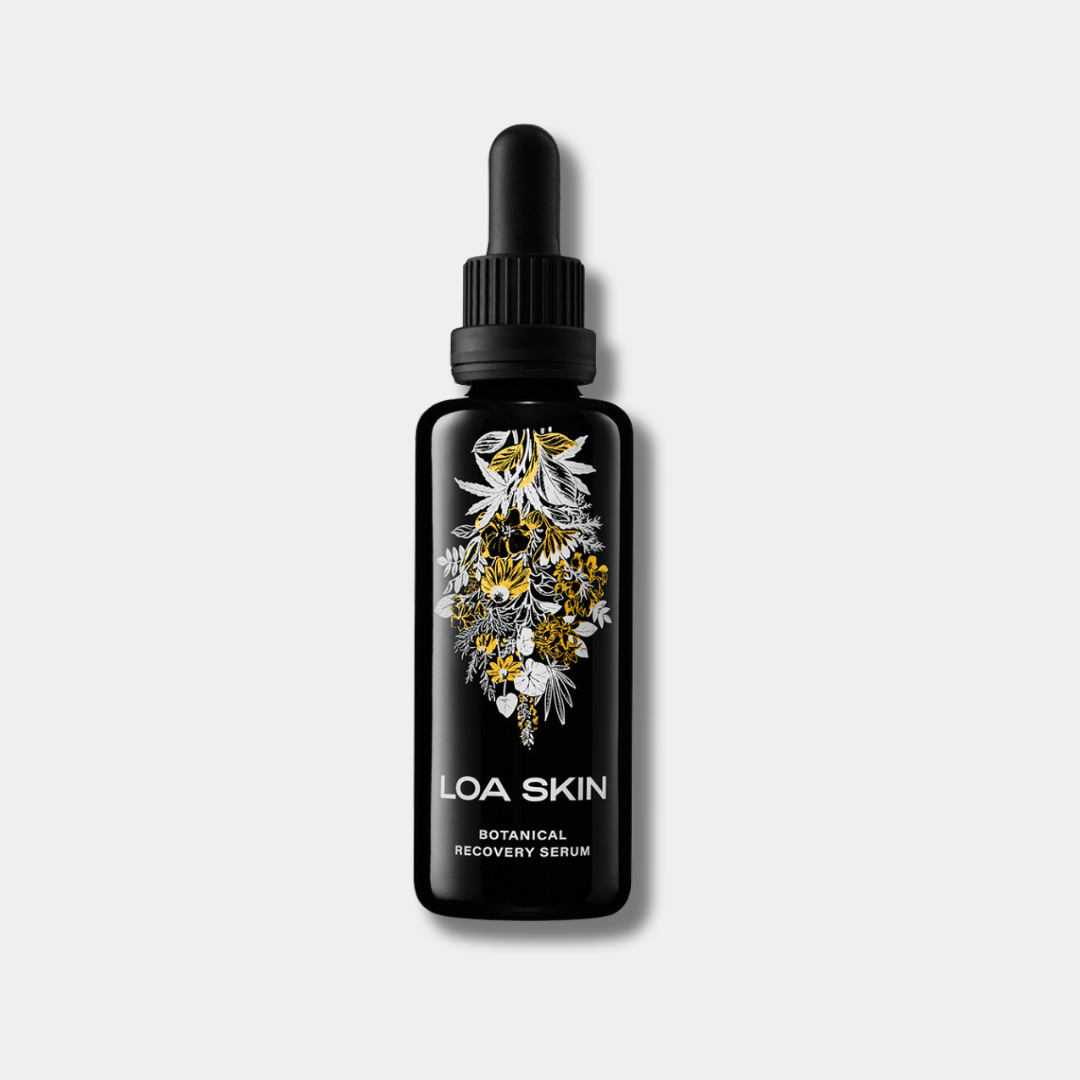
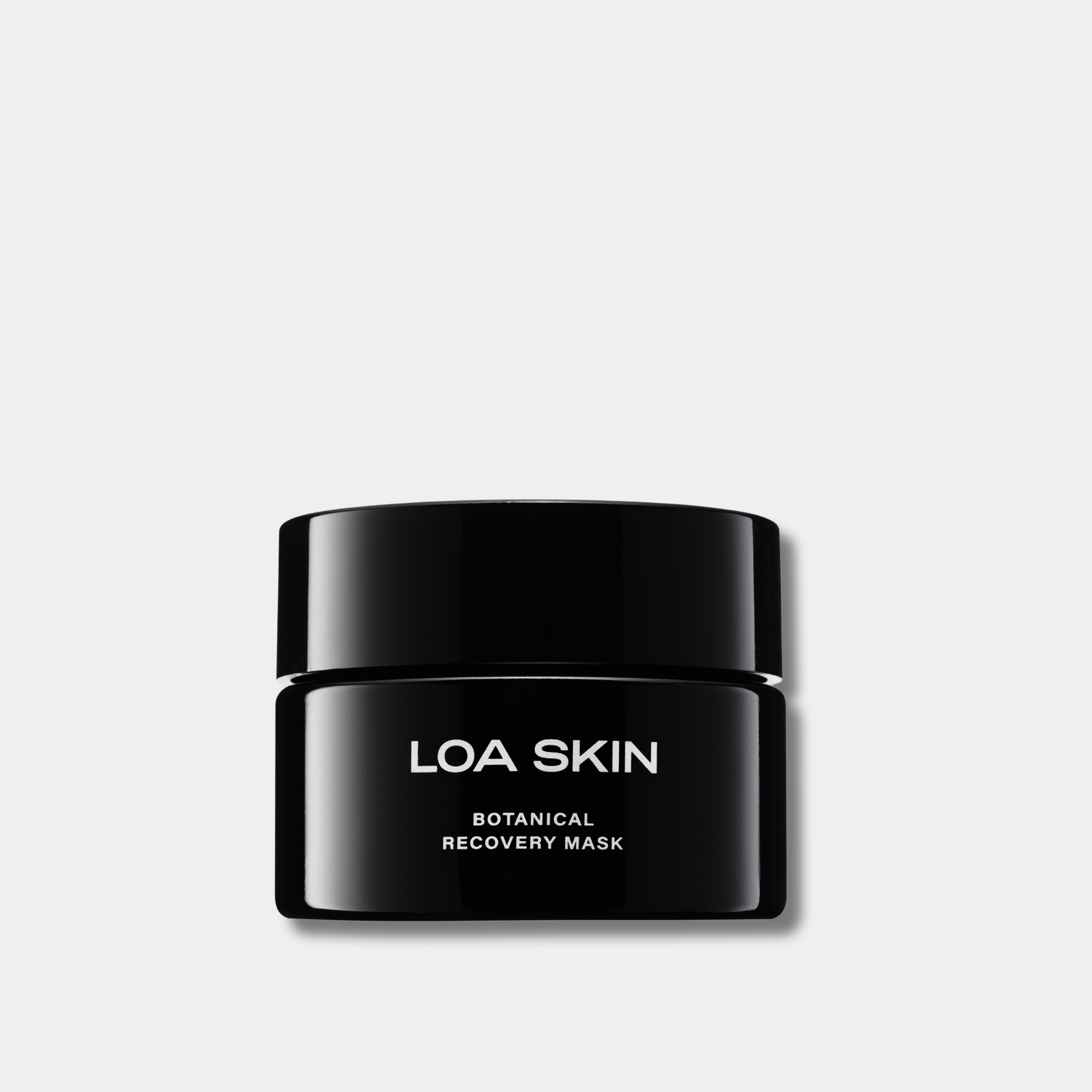
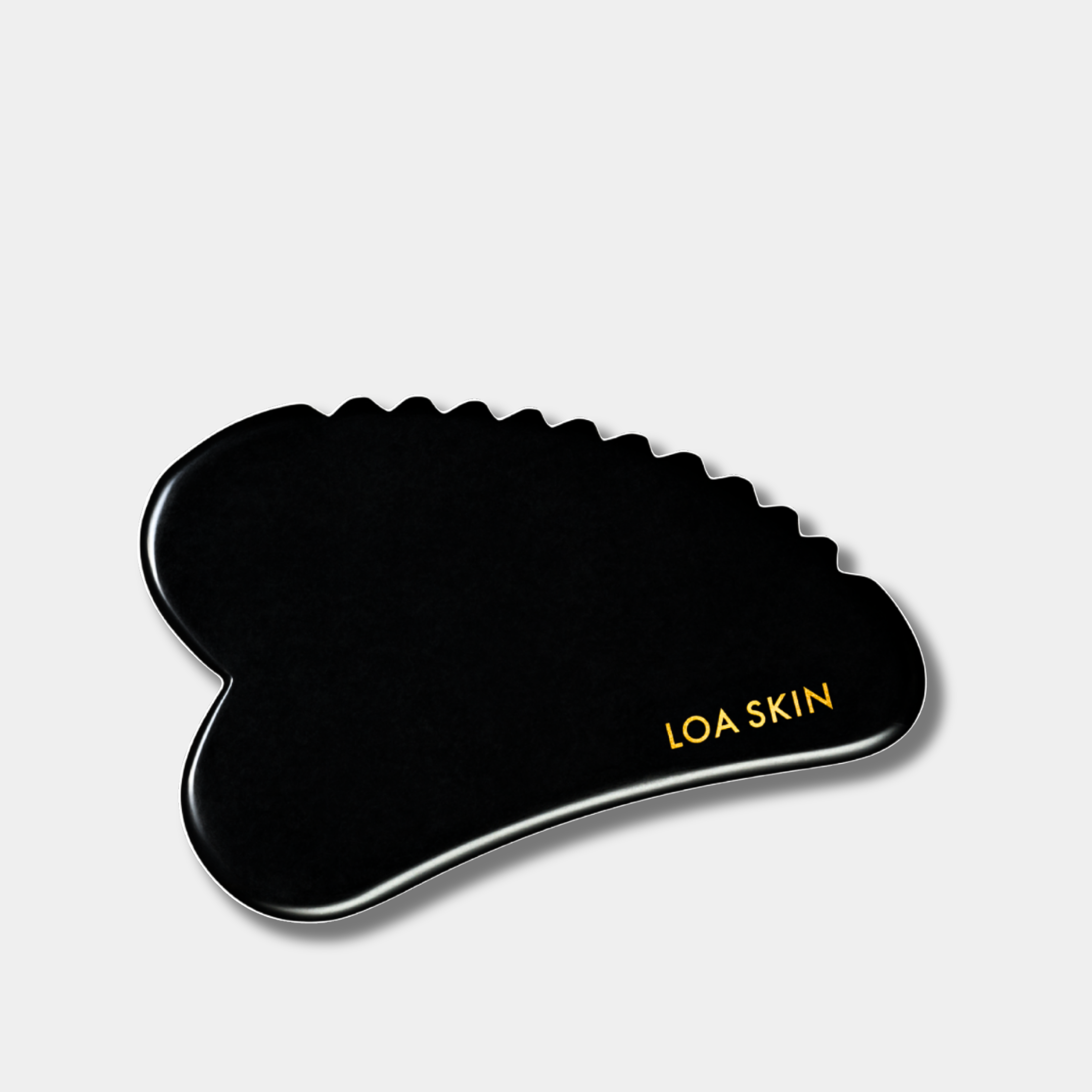
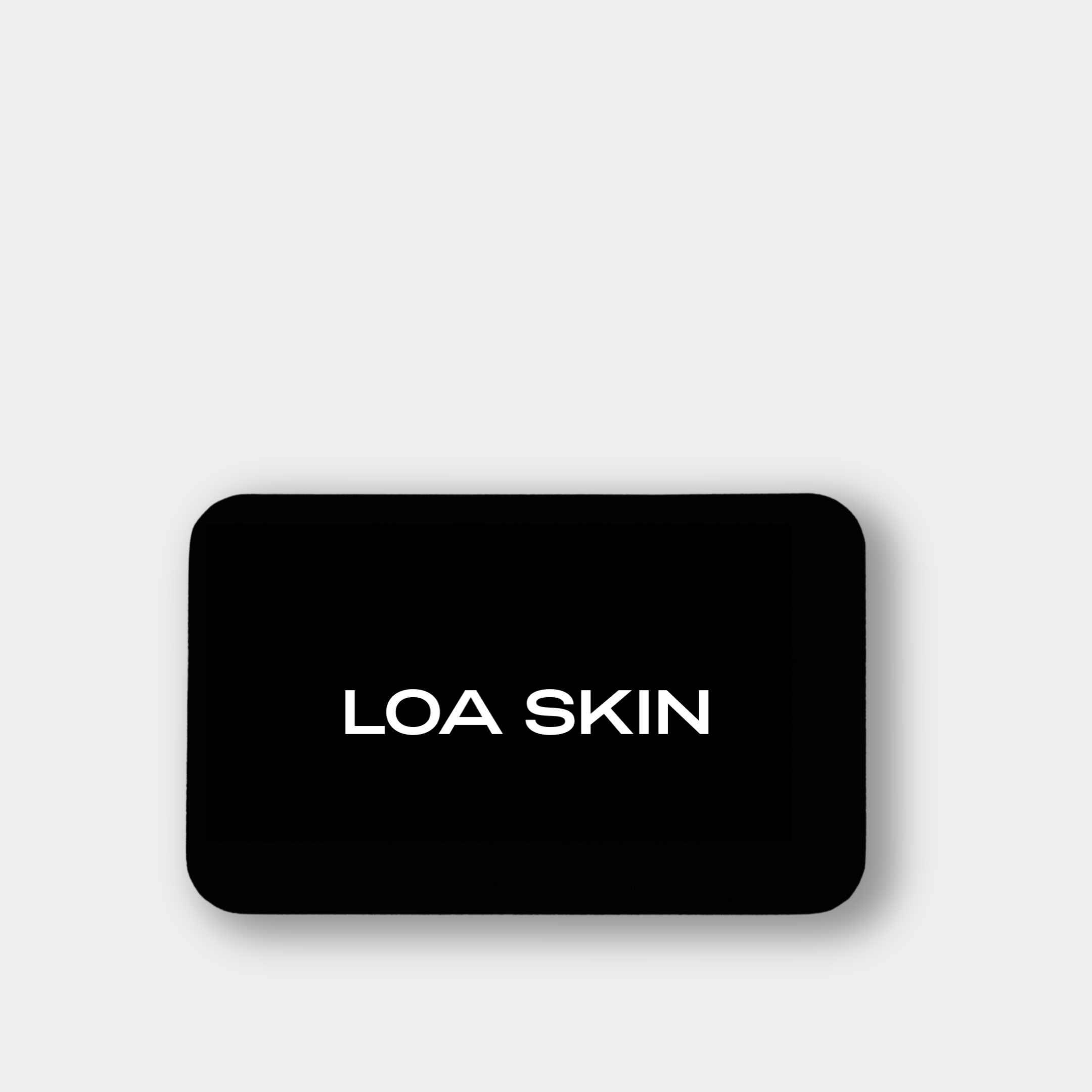


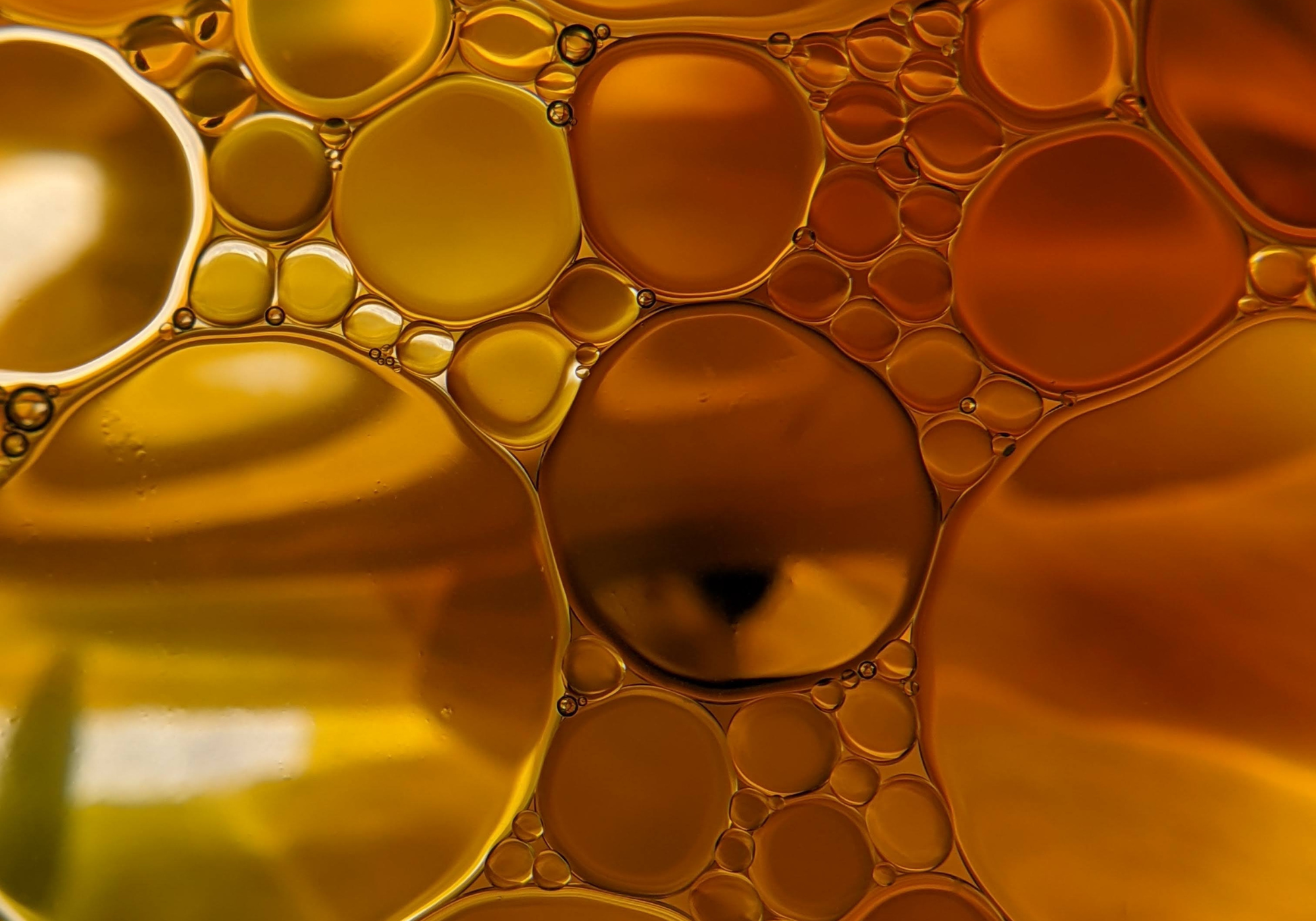
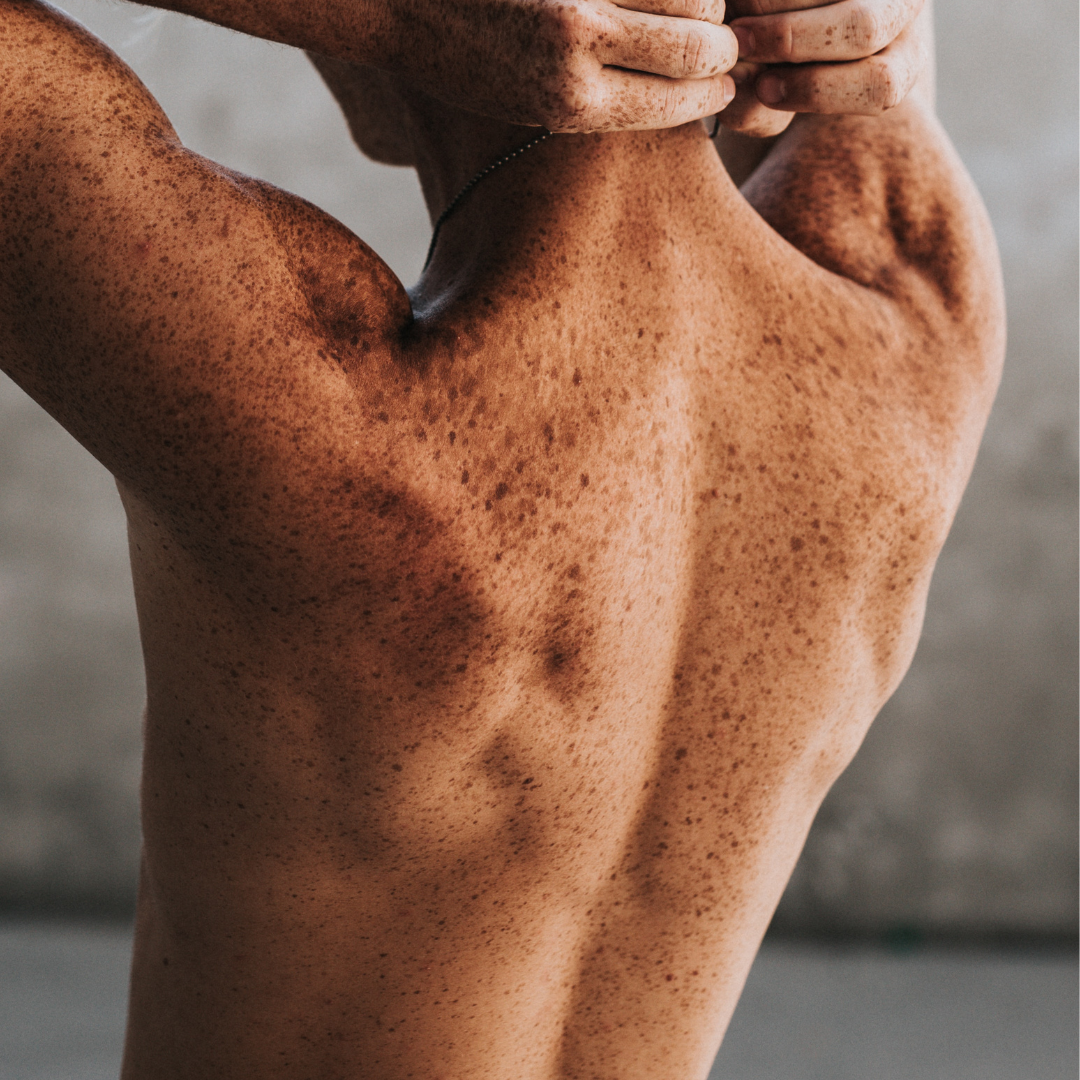
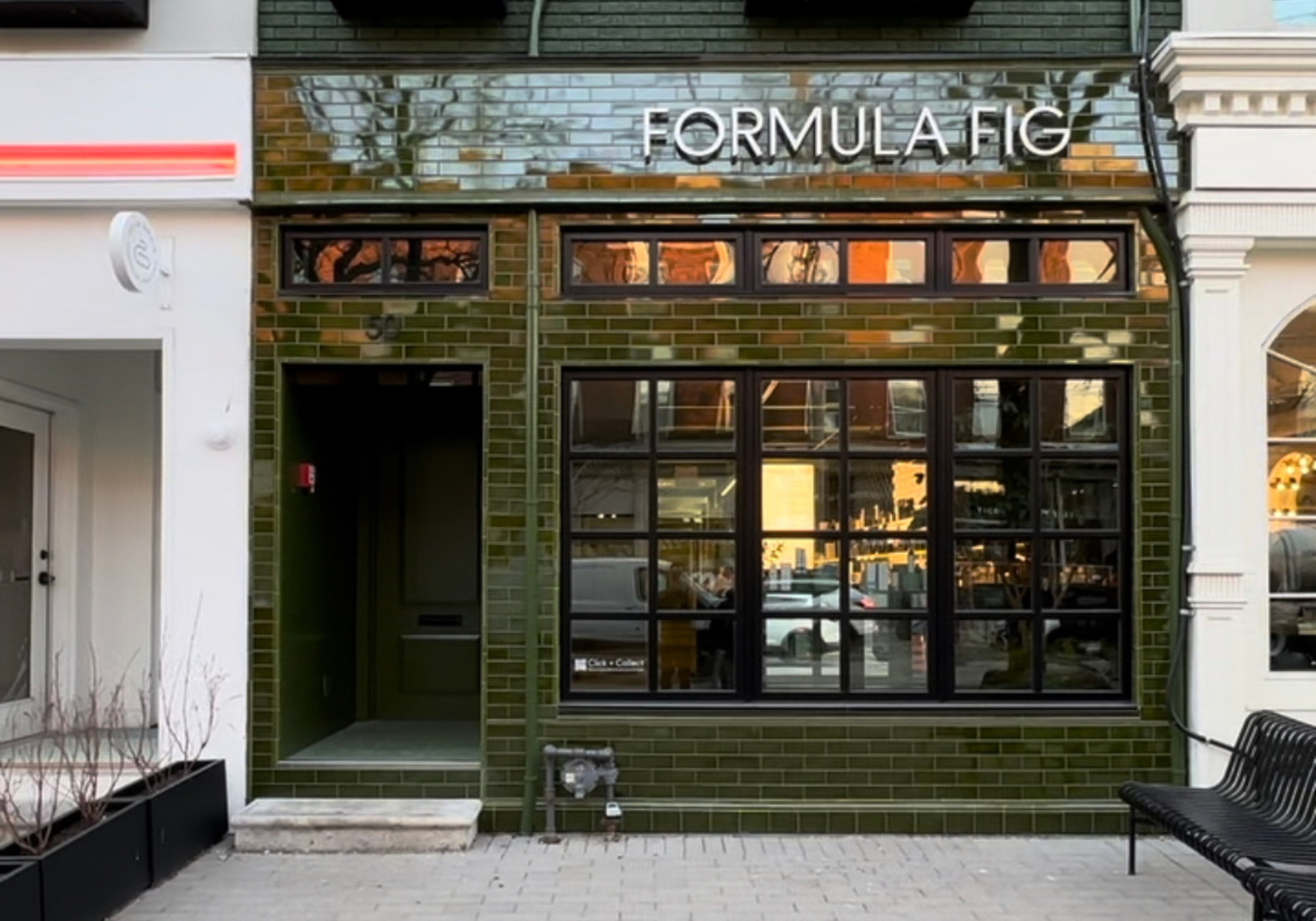
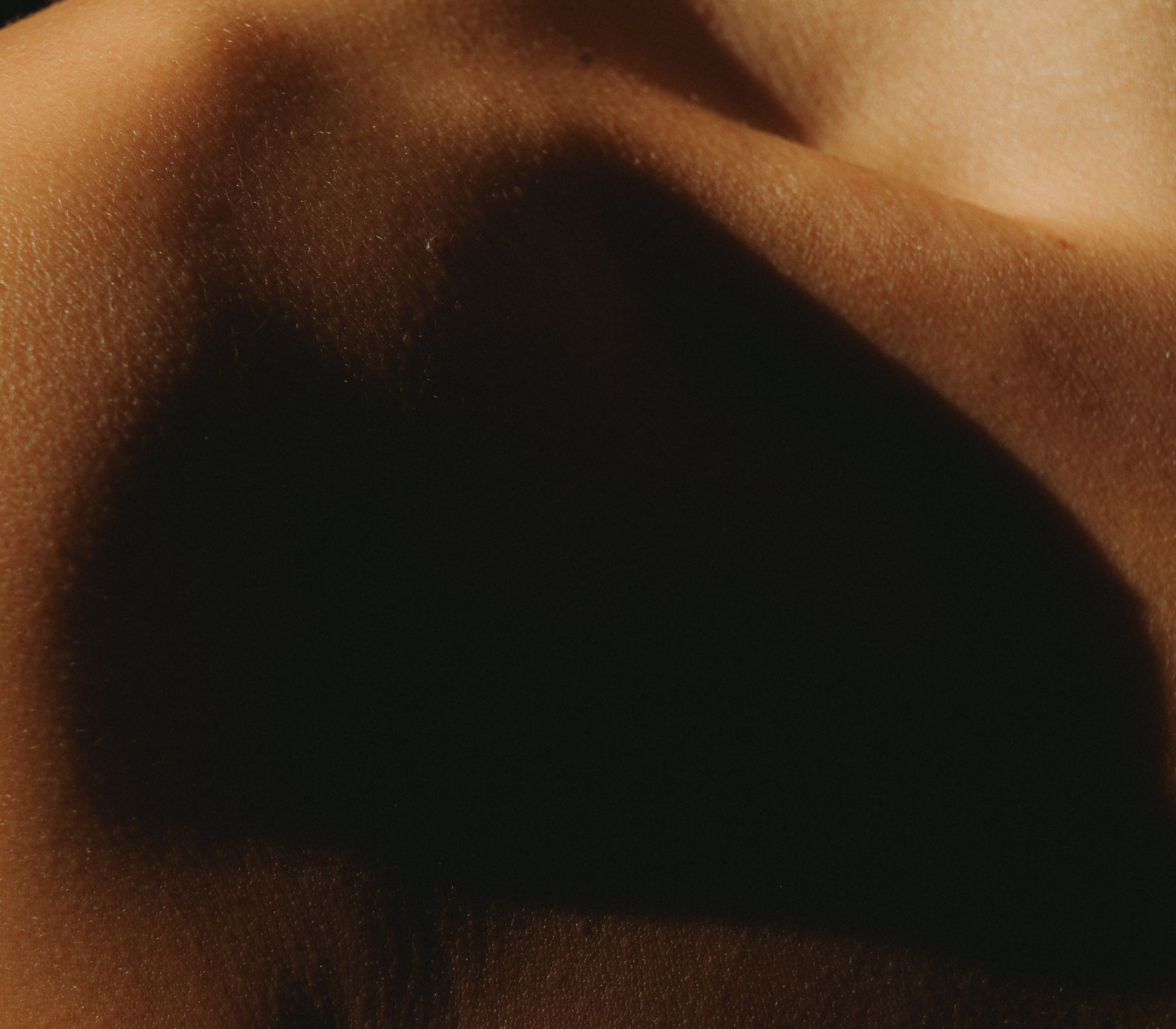
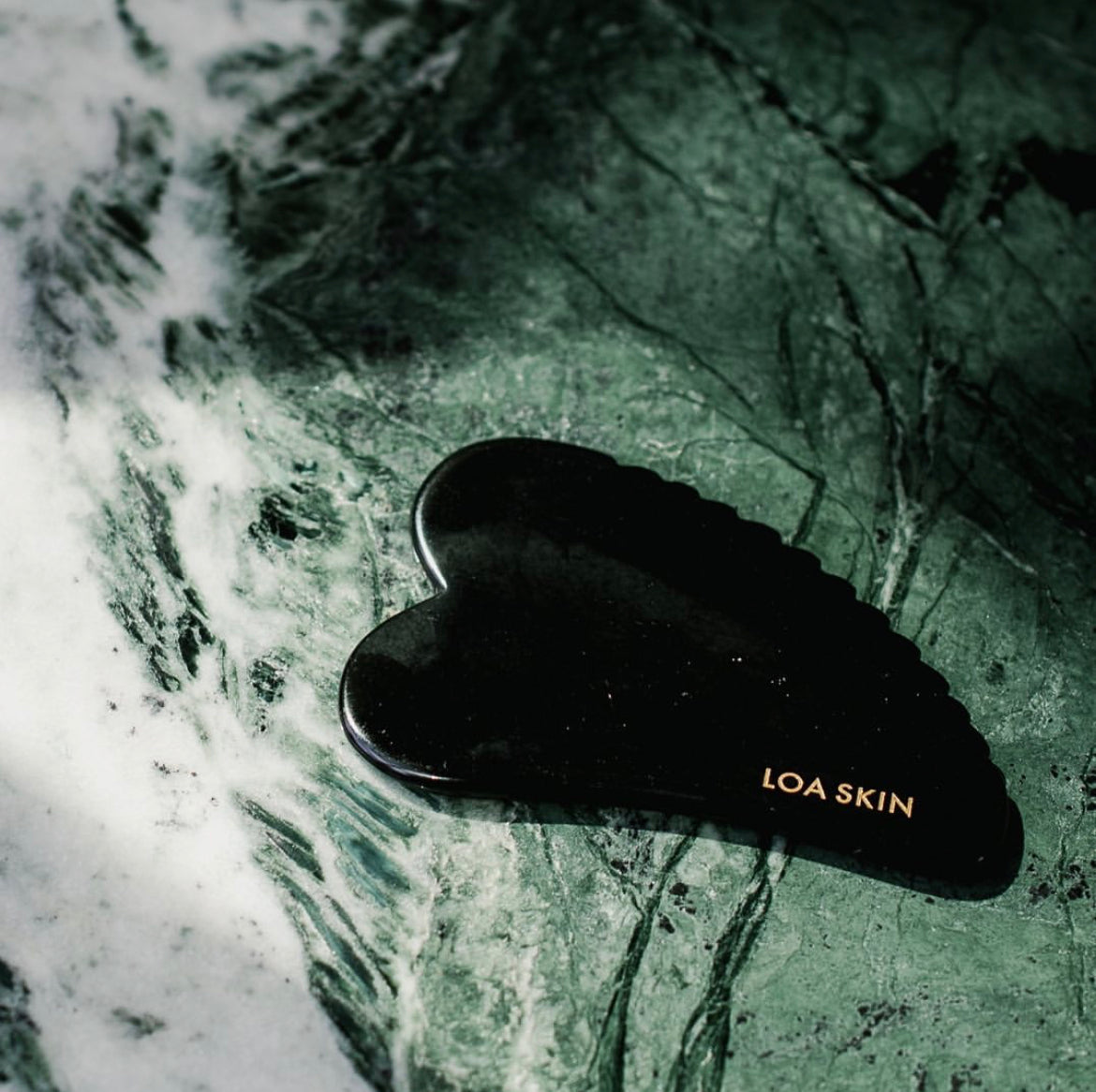
Leave a comment
This site is protected by reCAPTCHA and the Google Privacy Policy and Terms of Service apply.